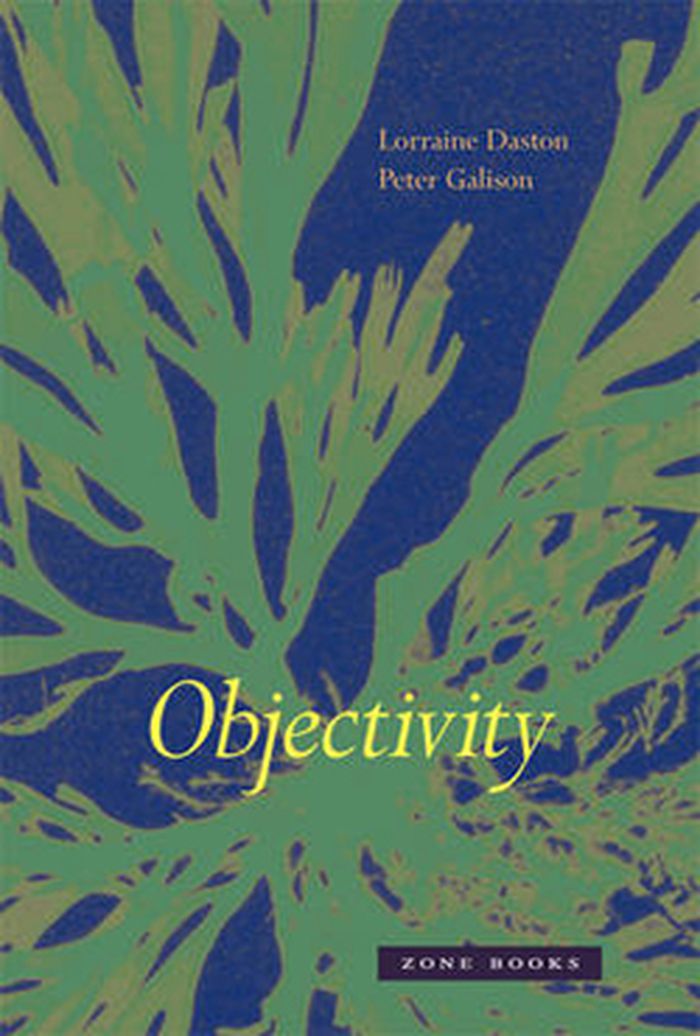Objectivity
$38.00
(disponible sur commande)
Résumé:
Objectivity has a history, and it is full of surprises. In Objectivity, Lorraine Daston and Peter Galison chart the emergence of objectivity in the mid-nineteenth-century sciences—and show how the concept differs from its alternatives, truth-to-nature and trained judgment. This is a story of lofty epistemic ideals fused with workaday practices in the making of scientific(...)
octobre 2010
Objectivity
Actions:
Prix:
$38.00
(disponible sur commande)
Résumé:
Objectivity has a history, and it is full of surprises. In Objectivity, Lorraine Daston and Peter Galison chart the emergence of objectivity in the mid-nineteenth-century sciences—and show how the concept differs from its alternatives, truth-to-nature and trained judgment. This is a story of lofty epistemic ideals fused with workaday practices in the making of scientific images. From the eighteenth through the early twenty-first centuries, the images that reveal the deepest commitments of the empirical sciences—from anatomy to crystallography—are those featured in scientific atlases, the compendia that teach practitioners what is worth looking at and how to look at it. Galison and Daston use atlas images to uncover a hidden history of scientific objectivity and its rivals. Whether an atlas maker idealizes an image to capture the essentials in the name of truth-to-nature or refuses to erase even the most incidental detail in the name of objectivity or highlights patterns in the name of trained judgment is a decision enforced by an ethos as well as by an epistemology.
$125.00
(disponible sur commande)
Résumé:
William Kentridge’s recent work is situated on the border between art and science: by examining our perception and understanding of time, he reconsiders the creative process. A work in progress in the truest sense, The Refusal of Time continues and deepens the polymorphic, dreamlike, political and humanist body of work developed by Kentridge from his very earliest days as an artist.
février 2013
William Kentridge: the refusal of time
Actions:
Prix:
$125.00
(disponible sur commande)
Résumé:
William Kentridge’s recent work is situated on the border between art and science: by examining our perception and understanding of time, he reconsiders the creative process. A work in progress in the truest sense, The Refusal of Time continues and deepens the polymorphic, dreamlike, political and humanist body of work developed by Kentridge from his very earliest days as an artist.
livres
Objectivity
$42.00
(disponible sur commande)
Résumé:
Objectivity has a history, and it is full of surprises. In Objectivity, Lorraine Daston and Peter Galison chart the emergence of objectivity in the mid-nineteenth-century sciences—and show how the concept differs from its alternatives, truth-to-nature and trained judgment. This is a story of lofty epistemic ideals fused with workaday practices in the making of scientific(...)
Objectivity
Actions:
Prix:
$42.00
(disponible sur commande)
Résumé:
Objectivity has a history, and it is full of surprises. In Objectivity, Lorraine Daston and Peter Galison chart the emergence of objectivity in the mid-nineteenth-century sciences—and show how the concept differs from its alternatives, truth-to-nature and trained judgment. This is a story of lofty epistemic ideals fused with workaday practices in the making of scientific images. From the eighteenth through the early twenty-first centuries, the images that reveal the deepest commitments of the empirical sciences—from anatomy to crystallography—are those featured in scientific atlases, the compendia that teach practitioners what is worth looking at and how to look at it. Galison and Daston use atlas images to uncover a hidden history of scientific objectivity and its rivals. Whether an atlas maker idealizes an image to capture the essentials in the name of truth-to-nature or refuses to erase even the most incidental detail in the name of objectivity or highlights patterns in the name of trained judgment is a decision enforced by an ethos as well as by an epistemology.
livres
janvier 2007
Théorie de l’architecture
The architecture of science
$107.00
(disponible sur commande)
Résumé:
How do the spaces in which science is done shape the identity of the scientist and the self-conception of scientific fields? How do the sciences structure the identity of the architect and the practice of architecture in a specific period? And how does the design of spaces such as laboratories, hospitals, and museums affect how the public perceives and interacts with the(...)
The architecture of science
Actions:
Prix:
$107.00
(disponible sur commande)
Résumé:
How do the spaces in which science is done shape the identity of the scientist and the self-conception of scientific fields? How do the sciences structure the identity of the architect and the practice of architecture in a specific period? And how does the design of spaces such as laboratories, hospitals, and museums affect how the public perceives and interacts with the world of science? « The Architecture of Science » offers a dazzling set of speculations on these issues by historians of science, architecture, and art; architectural theorists; and sociologists as well as practicing scientists and architects. The essays are organized into six sections: "Of Secrecy and Openness: Science and Architecture in Early Modern Europe"; "Displaying and Concealing Technics in the Nineteenth Century"; "Modern Space"; "Is Architecture Science?"; "Princeton after Modernism: The Lewis Thomas Laboratory for Molecular Biology"; and "Centers, Cities, and Colliders."
Théorie de l’architecture


